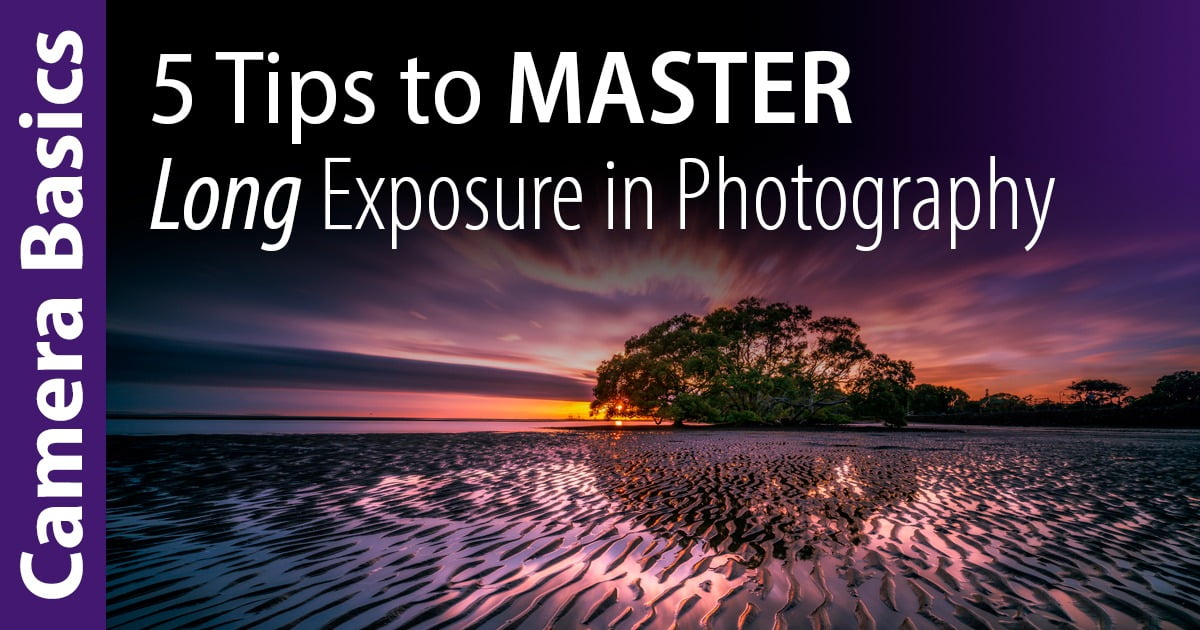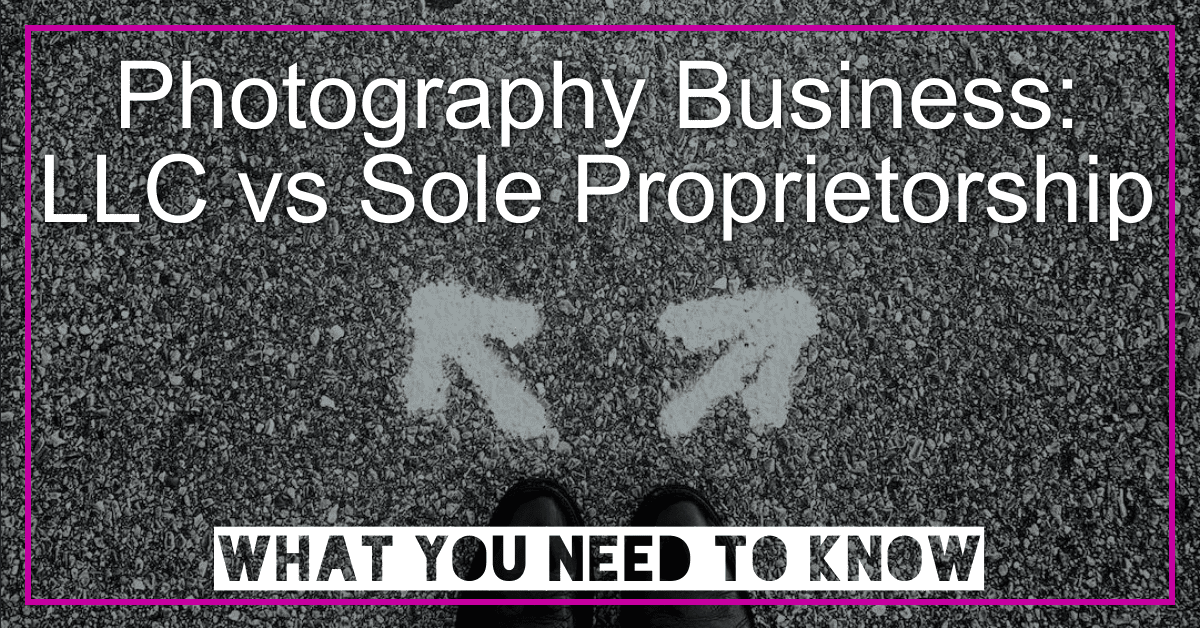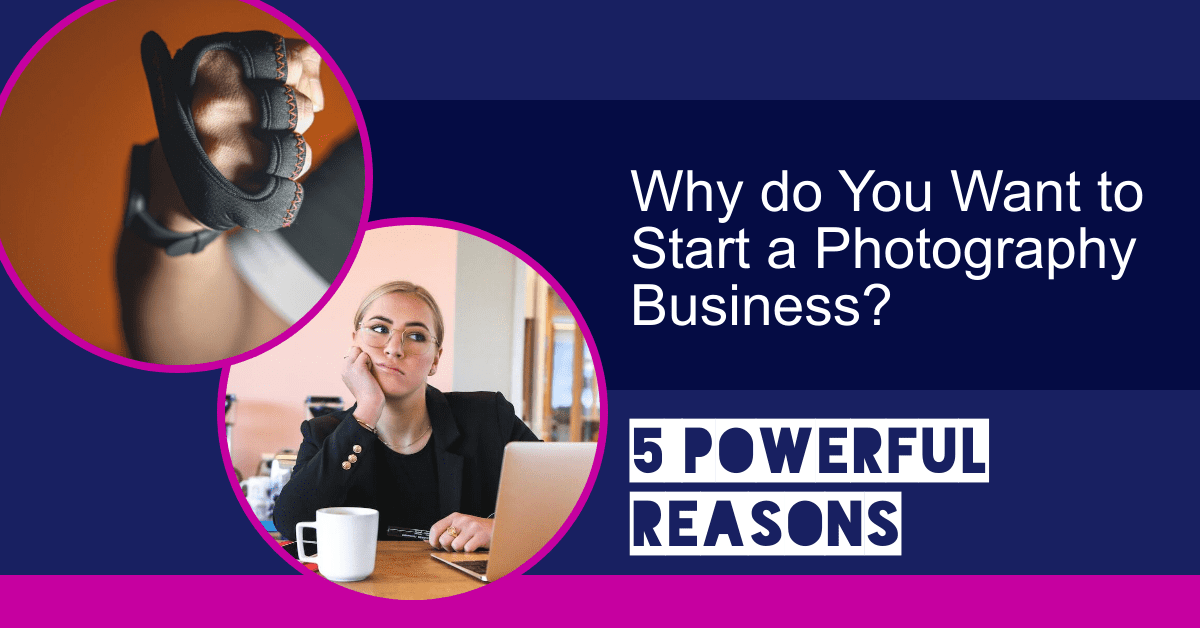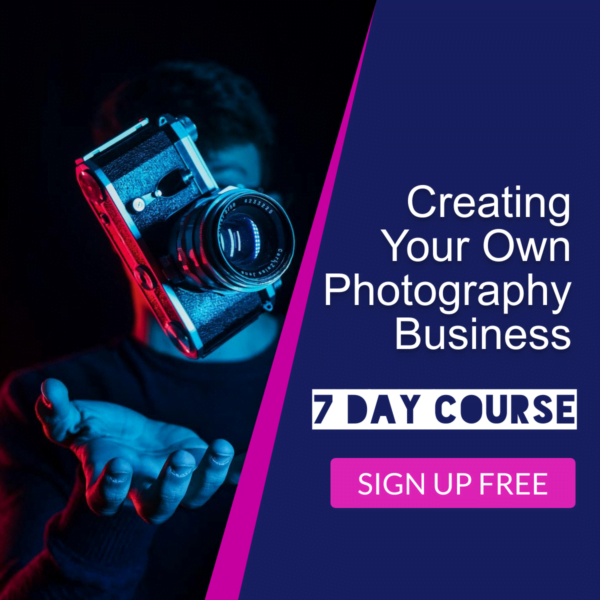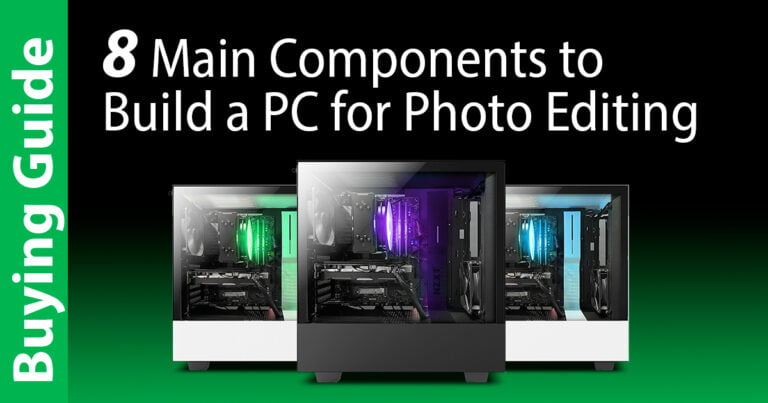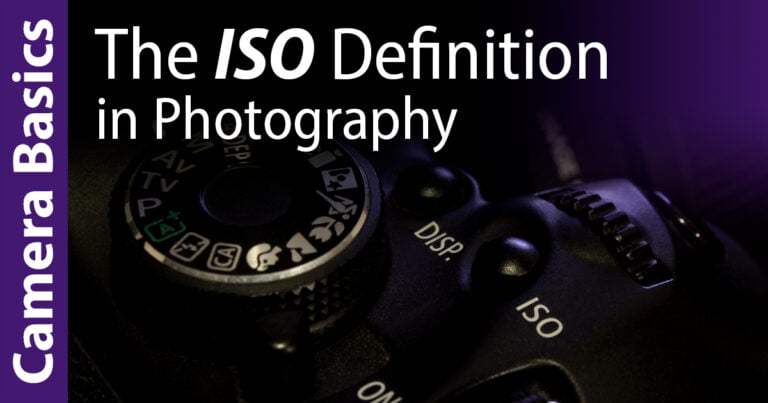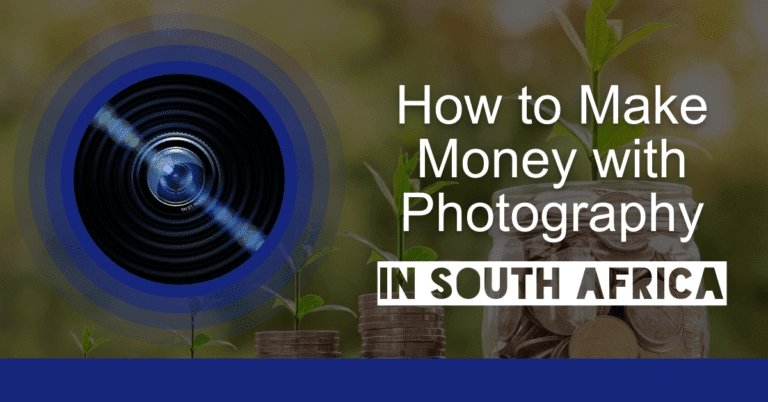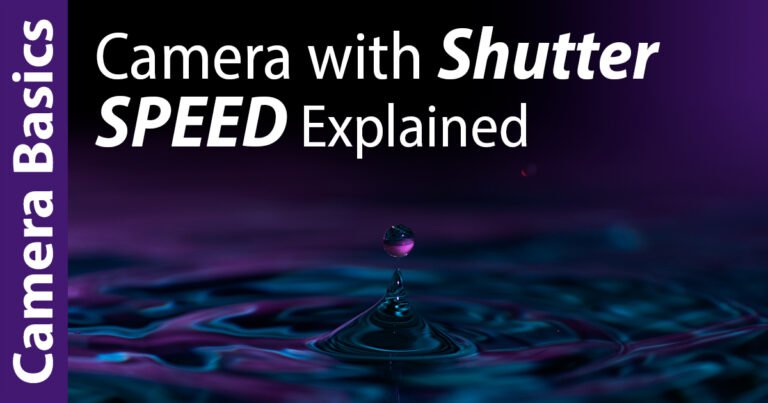Do you really have to hold your pose for a long time? Check out these 5 tips to master long exposure in photography. Hey everyone, welcome back to TP Camera Basics.
I’m Gideon van Niekerk and in this post, you’ll learn some tips about the slow but beautiful art of long exposure photography. If you’re brand new to DSLR’s make sure you check out our posts on ISO, Shutter Speed and Aperture that can help you to setup your camera for these long exposures.
Table of Contents
Keep it Steady
The first one is probably the most important: keep your camera steady. Besides the camera, having a tripod is your greatest asset for long exposure photos.
Shooting by hand is just not possible unless you have the rock solid demeanor of The Thing. Any minor movements or vibration will cause your photos to come out blurry and unusable.


A tripod will keep your photo crisp, clean and worthy of using as your desktop wallpaper for years to come. For an added bit of safety you can use a remote trigger.
Even pressing the trigger too hard can result in a blur with long exposure photos. This can be especially problematic when shooting on a lightweight camera or smartphone.
Plan it Out
Next plan it out. Preparation is key for these photos. Long exposure images achieve the greatest results when you plan ahead.
Unlike lifestyle photographs, where much of the greatness can come from capturing unexpected moments, long exposure photography is ideal for landscapes and cityscapes where your subject isn’t moving.
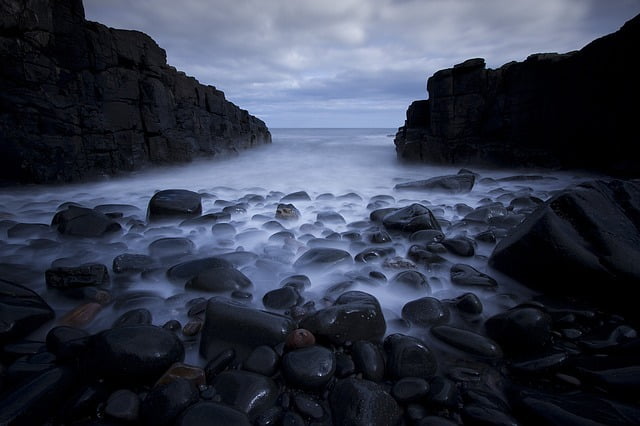

If you’re interested in shooting long exposure for light painting, you might want to check out this post we did it over on IndieHACK.
For traditional long exposure photos, paying attention to detail and composing your picture for interesting architectural angles or capturing the galaxy in the night sky will create the best and most interesting images.
The unexpected benefits will be seeing all the unique and interesting lights that show up in your photo that you didn’t readily see with your naked eyes.
Check for Lighting Sources
Speaking of light, make sure the light in your photo is really the light you want to see on the final image.
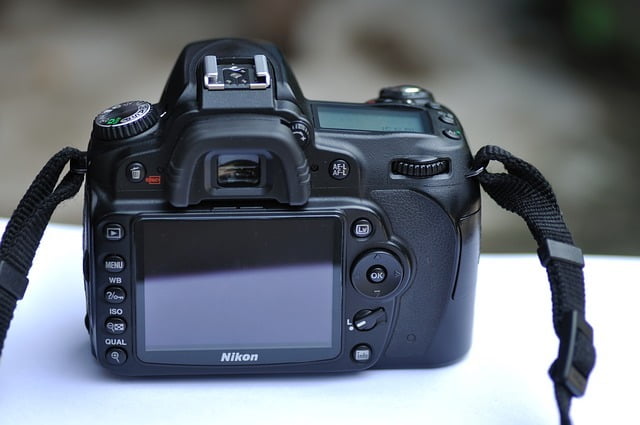

One of the biggest offenders for light leaks is from you your viewfinder! You know, the little peek-a-boo window where you line up your shot?
Anytime you leave your shutter open for long periods of time, the light can actually come in from both the lens and your viewfinder.
Make sure you bring along a bit of black tape or something similar to cover up the viewfinder. It’s good practice with long exposure photographs to actually use the preview screen instead of the viewfinder.
Creating Silky Smooth Water
One of the most exciting aspects of Long Exposure in Photography is capturing scenes in a way that your eyes would normally not see them. In this image, longer exposure was used to capture the motion of the water.
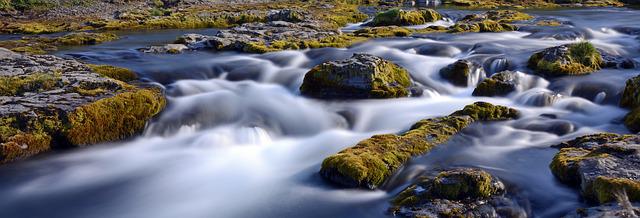

To accomplish this, you can set your shutter speed to 1/10th of a second or slower to catch the action of the waves and to create a cloud like appearance.
Light Streaks with Camera Movement
There are a number of techniques that can be used to capture light streaks by moving the camera itself. For example, the camera twist technique incorporates both camera motion and direct flash.
To create this image, all you have to do is slow down your shutter speed to 1/8th of a second in order to let more ambient light in. Then take a direct flash and freeze your subjects while twisting the camera to create motion in the image.
Conclusion to Long Exposure in Photography
These 5 tips to long exposure in photography are just some of the things you can do to master your skills. For us, a Tripod is the single most critical item you will need to take exceptional images.
By planning your shots and understanding your light source will open windows of opportunity to discovering a world you have never seen before.
We hope you’re enjoying all our photography tips. Let us know what photography questions we still haven’t answered in the comments. And be sure to check out our other great photography posts while you’re here.
Okay, okay, one more cheesy photography joke before we go.
Reasons why everyone should date a photographer: They know how to focus, can do it in the dark, and work well from many angles. Boo-yah!
I’m Gideon van Niekerk signing off.


Gideon van Niekerk
Photographer & Blogger
Transform Your Passion for Photography into a Thriving Career! As a professional photographer with over a decade of experience, I share the secrets of building a successful photography business on my blog. Unlock the Secrets to Starting a Profitable Photography Business Today! Join me on an incredible journey of discovery, where you’ll learn insider tips and tricks to building a successful photography empire. Don’t miss out on this exciting opportunity to turn your passion into profit – let’s embark on this journey together!


